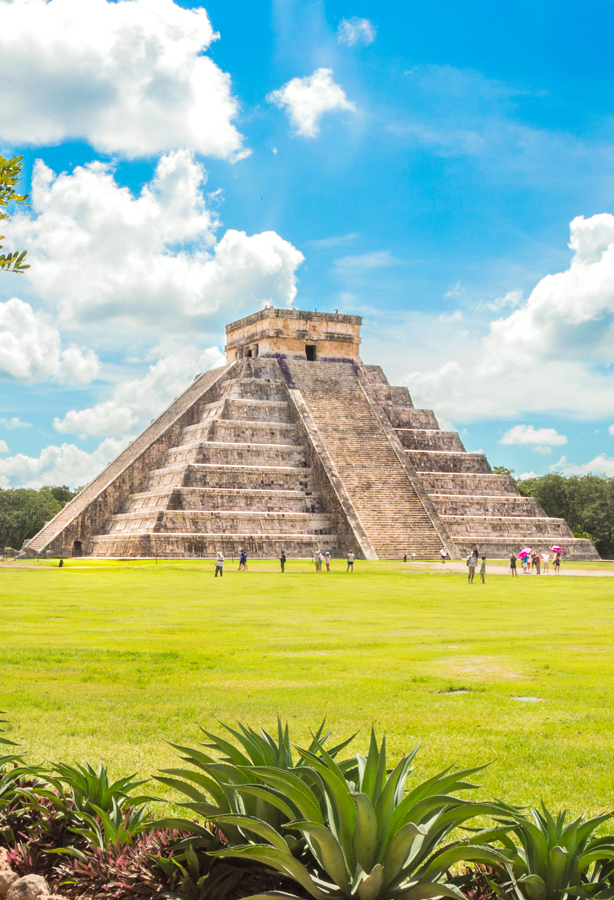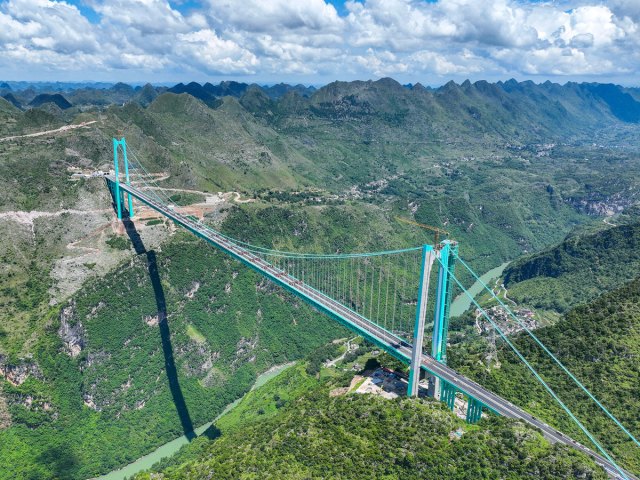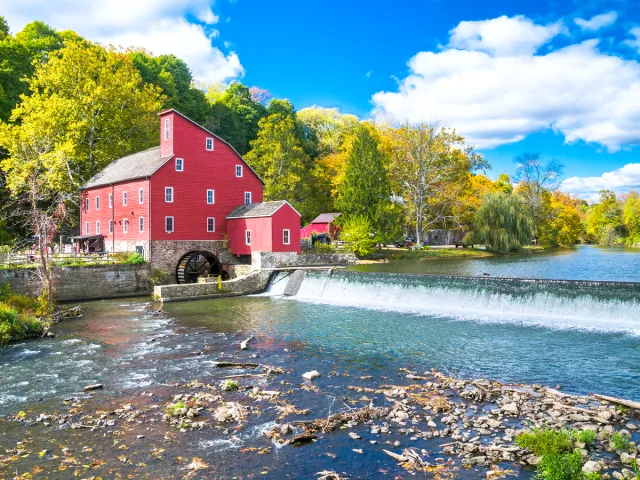The past endlessly fascinates us, but often, it’s the sites that have been around for thousands of years — if not more — that are the most mysterious and thought-provoking. When we visit these ancient sites, we can’t help but wonder who lived here and what happened to their civilization? With that in mind, here are six of the best ancient marvels that might not be on your bucket list — but definitely should be.
Chichén Itzá – Mexico
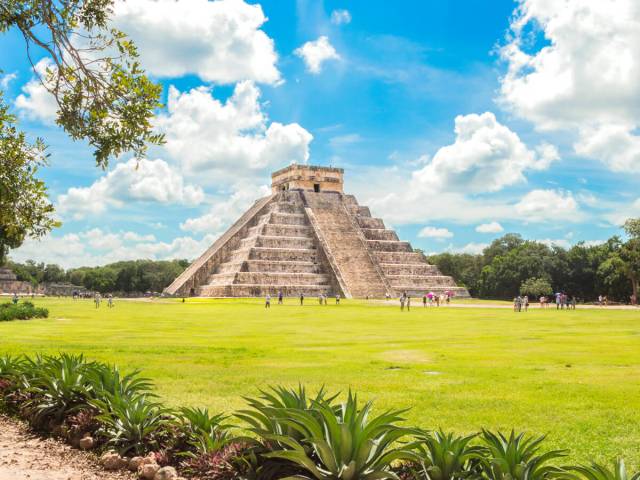
Dating back to the fourth or fifth century CE, Chichén Itzá in Mexico’s Yucatán Peninsula was once a significant city for the Maya peoples. The site was home to some 50,000 residents during its height of cultural and political power, and as the population grew, so did the city’s structures. Today, the ruins of multiple temples remain, including El Castillo, the large pyramid for which Chichén Itzá is known, and the Temple of Kukulkan. Visitors can explore a steam bath, a ball court, a marketplace, and a cenote (underground cave spring) that was used as a ceremonial site. After being dredged, anthropologists found jade, turquoise, and human remains in the cenote — suggesting it may have been the site of human sacrifice.
Hegra Archaeological Site – Saudi Arabia
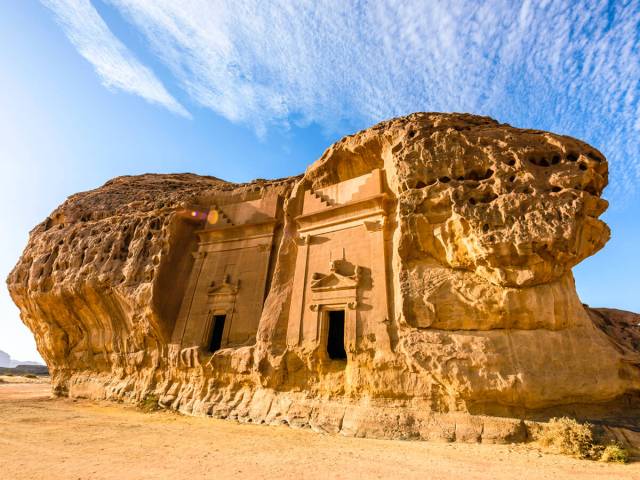
Although Hegra was built sometime between the first century BCE and the first century CE, this ancient archeological site didn’t open to the public until 2019. The lesser-known sister city to nearby Petra in Jordan, Hegra was a southern outpost in the Nabataean Kingdom, which flourished for five centuries before the Romans arrived. Hegra is home to 110 burial tombs where the upper echelons of society were laid to rest. With chambers that have inscriptions to describe the occupant, the tombs are open to visitors, although only one rotating tomb is available to visit at a time. Hagra’s most famous site is its unfinished tomb, Qasr al-Farid (“the Lonely Castle”), which stuns visitors due to its intricate carvings and sheer size.
Ellora Caves – India

Located near Maharashtra in western India, the Ellora Caves showcase the diversity of India’s religions during ancient times. With 34 monasteries and temples dug into the sides of vertical basalt cliffs, the religious complex stretches 1.2 miles long. It dates all the way back to 600 CE, and its sanctuaries are each devoted to different religions — there are 12 Buddhist temples, 17 Hindu temples, and five Jain temples. Don’t miss Kailasa (cave no. 16), named for the place where the god Hindu Shiva is said to reside. This spectacular temple was built from top to bottom with only the simple tools of a chisel and hammer.
Baalbek – Lebanon
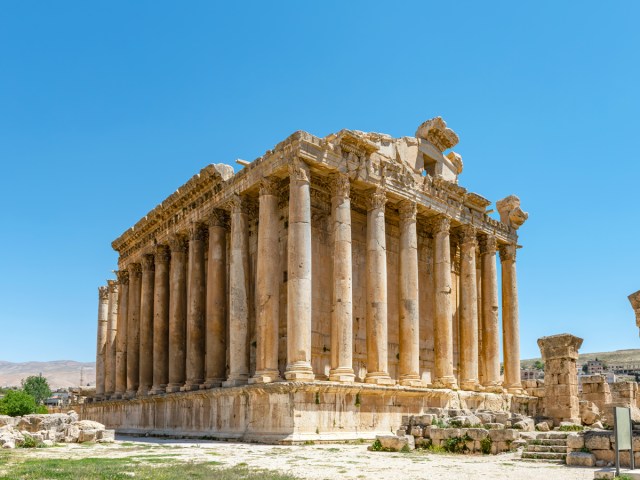
Whether Baalbeck was built by the Romans, Phoenicians, or a different unknown ancient culture is still up for debate. These mysterious temples in Lebanon are so old that historians can’t even agree on an exact date when they were built. Certain stones, like the Stone of the Pregnant Woman, suggest the site was constructed around 27 BCE, while the ruins’ most famous building — the Temple of Jupiter — was likely built in the first century CE. The massive stone blocks that hold up the temple were carved from a local quarry, with the largest block weighing a whopping 1,650 tons. How were ancient builders able to transport such a rock? Perhaps that is a mystery that will never be solved.
Olympia – Greece

Nowadays we associate the Olympics with athletic prowess, but in ancient times, Olympia — where the games got their name — began as a religious complex. Beginning in 776 BCE, the Greeks began to hold games in honor of Zeus, king of the Greek gods. By the 10th century BCE, Olympia was the central worship site of Zeus, with the games occurring every four years as people gathered to build statues, altars, and buildings to honor the gods. One such offering was a gold and ivory statue of Zeus on his throne, which was revered by the Greeks for its beauty (until it was sadly destroyed sometime in the fifth century CE). Fortunately, many of the ruins are still intact — make sure to check out the athlete’s tunnel if you want to live out your Olympic fantasy.
Megalithic Temples of Malta
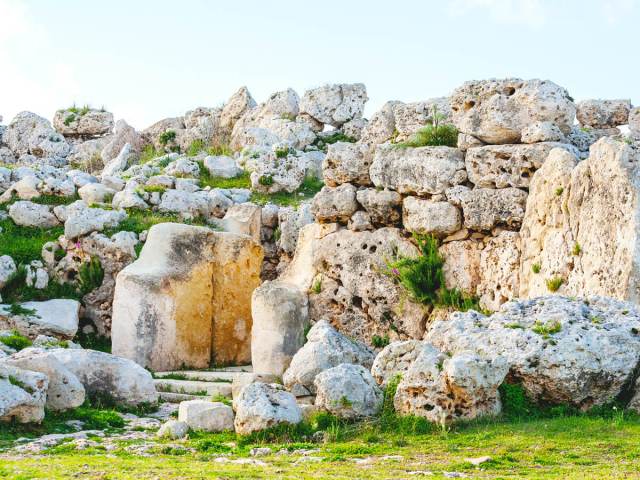
Forget ancient — the Megalithic Temples of Malta are prehistoric. The oldest free-standing stone structures in the world, these buildings were constructed between 3700 and 3200 BCE. In fact, they are so old that they predate the invention of the wheel. Located in this small island country in the Mediterranean Sea, the site holds seven total temples scattered throughout the islands of Malta and Gozo. The huge megalithic stone archways at Ħaġar Qim will make you wonder how they were built so long ago, while the stone carvings at Tarxien Temples feature the lower half of a rotund figure who appears to be wearing a skirt. The oldest temple, Ġgantija, translates to “giantess” — according to local folklore, a giantess built the temples with the help of a child on her shoulders.
More from our network
Daily Passport is part of Inbox Studio, which publishes content that uplifts, informs, and inspires.






